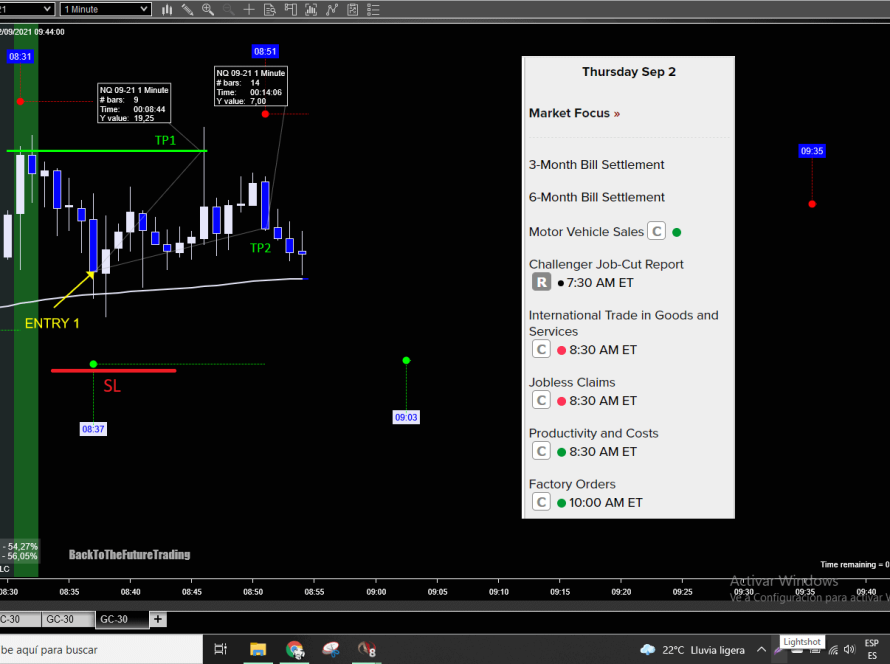Lunar Cycles: Unveiling the Mystery Behind Predictive Trading in Stock Markets
Introduction
In the world of financial markets, traders and investors are constantly seeking new tools and techniques to gain an edge in predicting market movements. While traditional methods such as technical and fundamental analysis remain popular, some market participants are turning to an unconventional approach – lunar cycles. The idea of using lunar cycles to predict stock market behavior may seem esoteric, but a growing number of proponents argue that the moon's phases can offer valuable insights. In this article, we explore how traders and investors are leveraging lunar cycles in their quest for predictive trading.
The Concept of Lunar Cycles
Lunar cycles refer to the recurring patterns of the moon's phases, as it orbits the Earth. The lunar month, spanning approximately 29.5 days, sees the moon transition from a new moon (invisible) to a full moon (completely visible) and back again. Advocates of lunar cycle trading believe that these moon phases have a subtle but significant impact on human behavior and, by extension, market sentiment.
Trading with the Moon Phases
One common approach among lunar cycle traders is to observe the market's performance during specific moon phases and discern patterns over time. For instance, some traders look for correlations between bullish trends and the occurrence of full moons, theorizing that the increased brightness of a full moon may positively influence investor confidence.
Others track the new moon phase, associating it with the beginning of new market cycles or shifts in momentum. The new moon's darkness might be perceived as a time of uncertainty, prompting traders to exercise caution and possibly reduce their exposure to risk.
Statistical Analysis and Data Mining
To apply lunar cycles to trading, proponents rely heavily on statistical analysis and data mining. They comb through historical market data, comparing it with lunar phases, in search of any consistent relationships. While some studies have suggested correlations between moon phases and market behavior, the results are often mixed and inconclusive.
Behavioral Psychology and Sentiment Analysis
The basis for lunar cycle trading lies in behavioral psychology, as it is believed that human emotions and decision-making can be influenced by celestial events. Behavioral finance scholars argue that investors' decisions can be impacted by external factors, including the psychological effects of the lunar cycle.
Critics and Skepticism
Despite the growing interest in lunar cycle trading, skeptics remain unconvinced about its efficacy. They argue that any observed correlations between moon phases and market movements may be mere coincidences or the result of data mining bias. Furthermore, market behavior is influenced by numerous complex factors, and attributing it solely to lunar cycles oversimplifies the complexity of financial markets.
Conclusion
While the concept of using lunar cycles to predict stock market movements is intriguing, it remains a subject of debate and skepticism. Traders and investors should approach such unconventional methods with caution and not abandon well-established analytical techniques. As financial markets continue to evolve, it is essential to remain open to innovative ideas while maintaining a critical and empirical approach to trading strategies. Ultimately, successful trading demands a robust understanding of market dynamics, risk management, and a disciplined approach to decision-making.



